When Mr Cutler and Mr Gross founded their eponymous brand in 1969, they had a vision: to reshape the eyewear industry with their unique and superbly handcrafted frames.
Opticians by trade, the two Brits employed revered framemaker George Smith, who made each pair of glasses individually in his workshop above the Knightsbridge store in London.
55 years on and this tradition of handcraftsmanship remains central to Cutler and Gross.
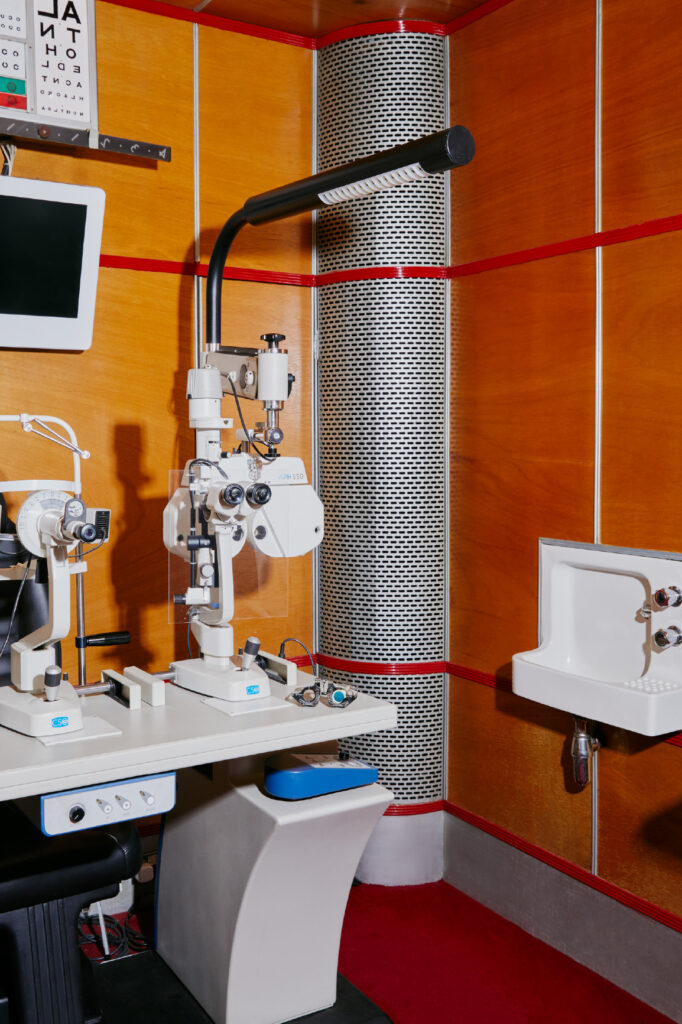
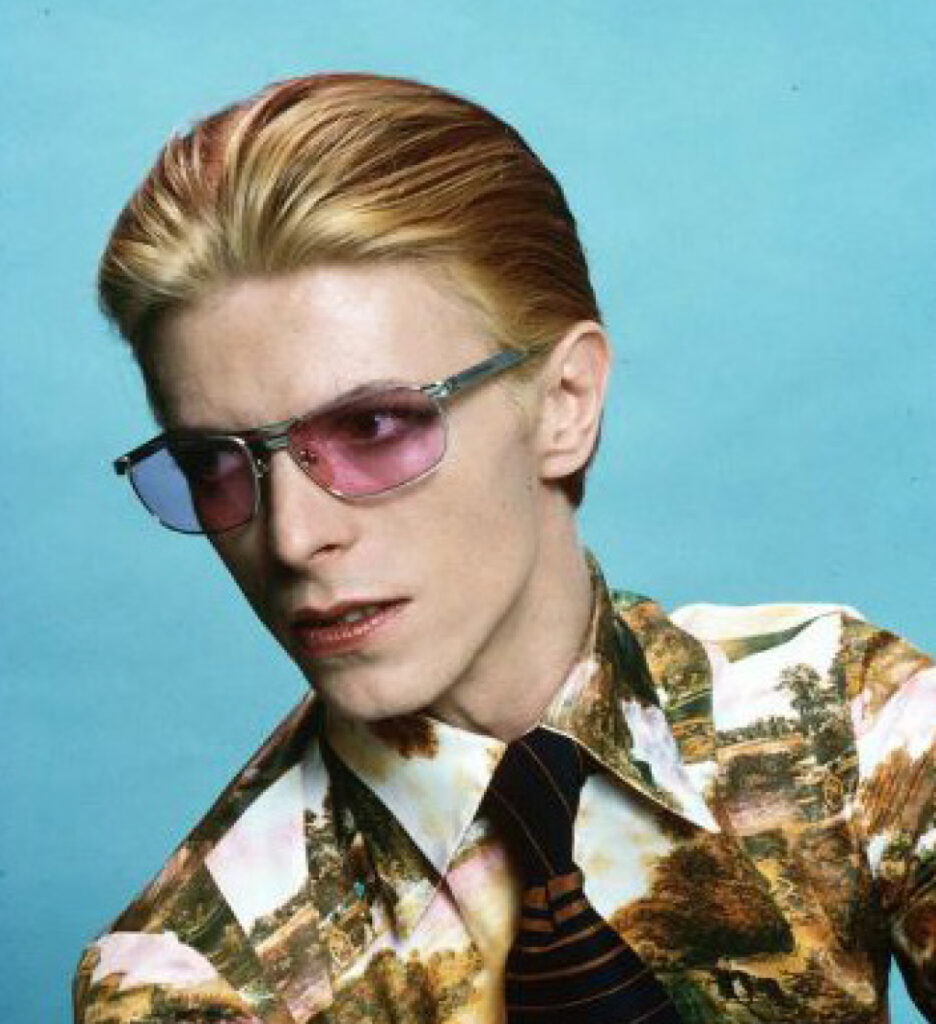
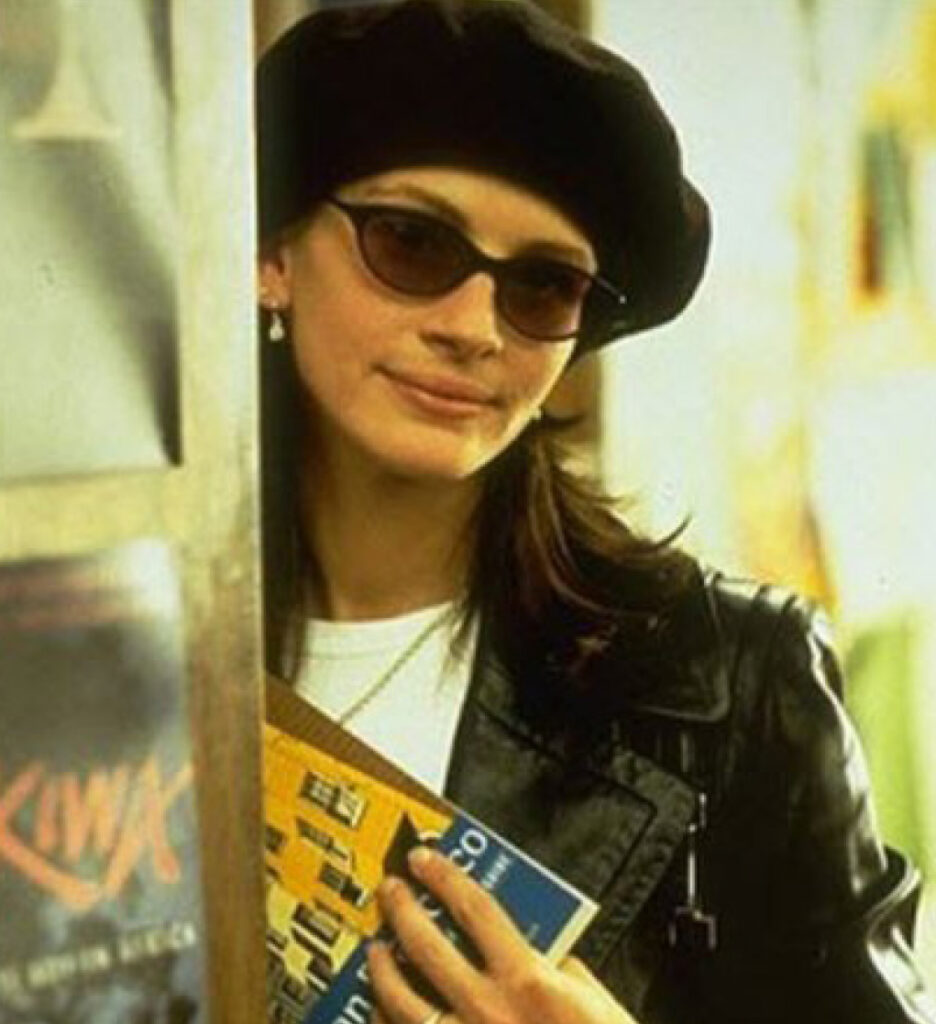

In the late 60s, Mr Cutler and Mr Gross acquired a plot in Knightsbridge, in the beating heart of London. They worked with British architect Piers Gough to transform the mahogany-clad wiggery into a gallery space that was lit by industrial lamps and installed with Perspex shelves.
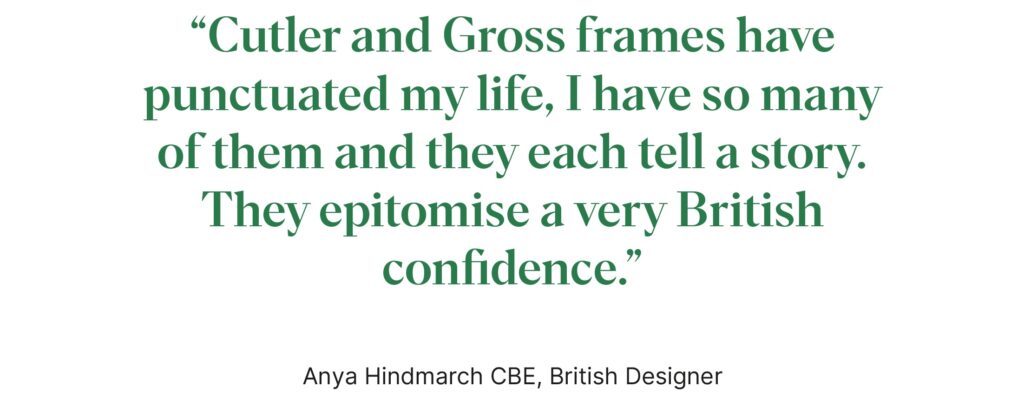
Curiosity led customers through the door. The store was an optical treasure-trove that showcased an unprecedented array of colours and shapes. Cutler and Gross was the only optician in London at the time that designed and crafted its own frames, with each one made entirely bespoke.
Once the customer chose their style, details and fit, George Smith’s work would begin.
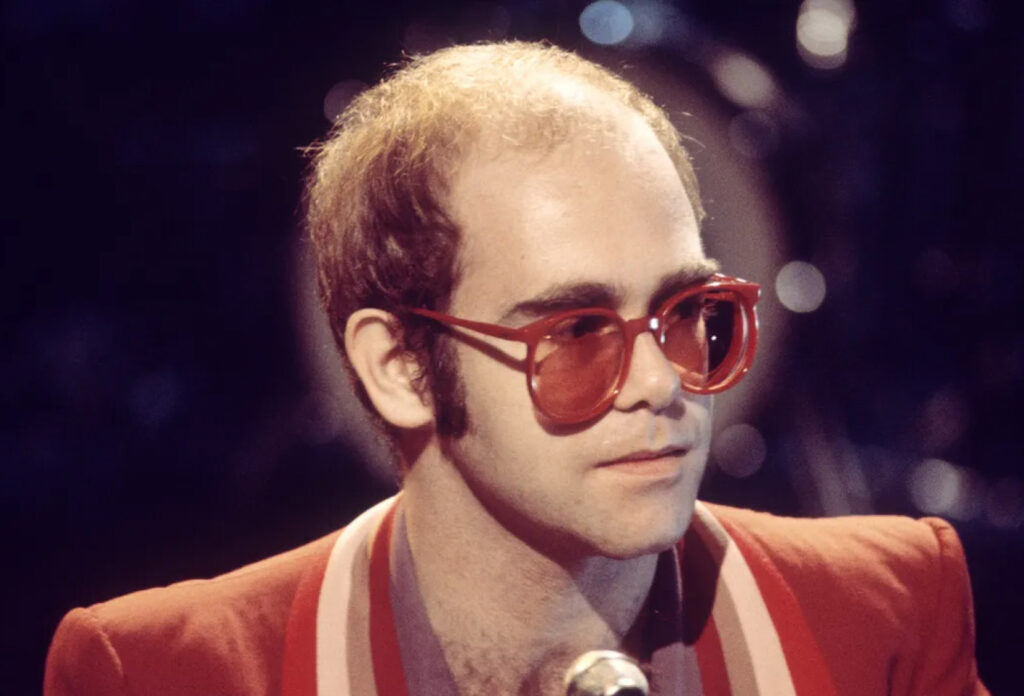

Smith would start by making a drawing of the frame to the customer’s measurements. Then he would cut two rectangular slabs from the chosen sheet of colour, place the drawing on top, and cut the shapes by hand with a jigsaw.
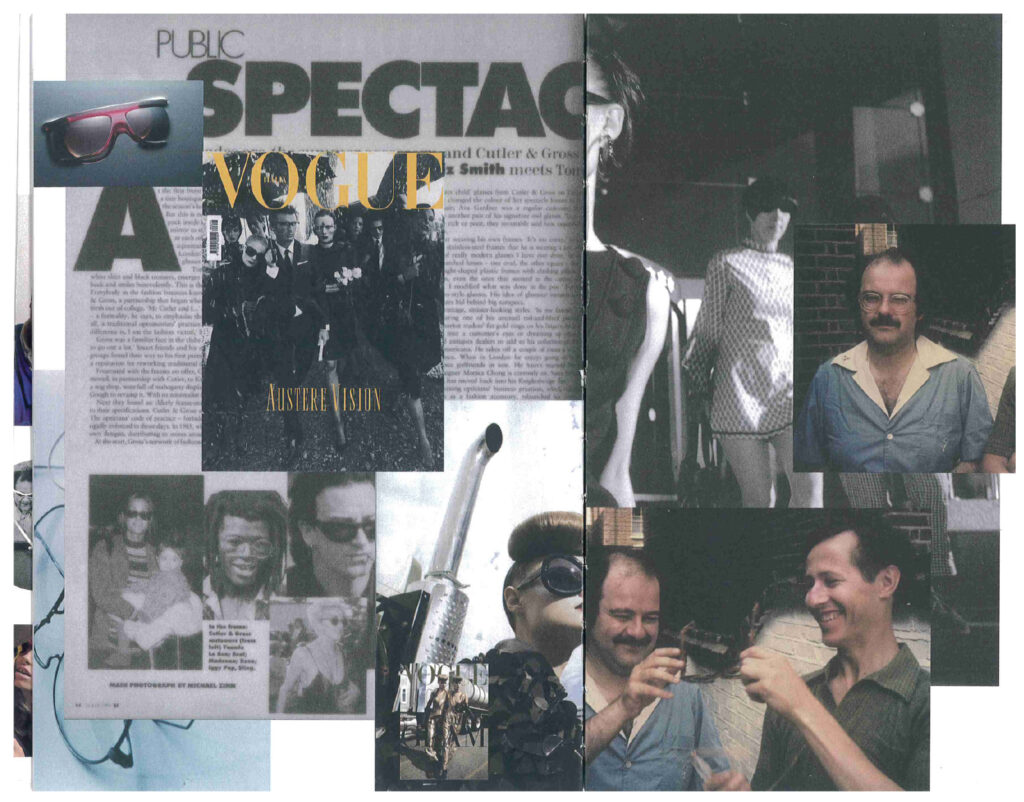

Next, Smith would carve the grooves and drill holes for the hinges, and then route the spacing for the lenses. The frontal and temples would be hand-sanded and then placed into polishing barrels to be tumbled over the next two days. Lastly, the frame would be cleaned and intricately assembled.
The prescription lenses were made of either glass or the latest plastics. Franny, George Smith’s wife, would often hand-tint them using flasks of hot dye, or carefully wipe a little make-up around the edges to dispel the bright-white cut marks.
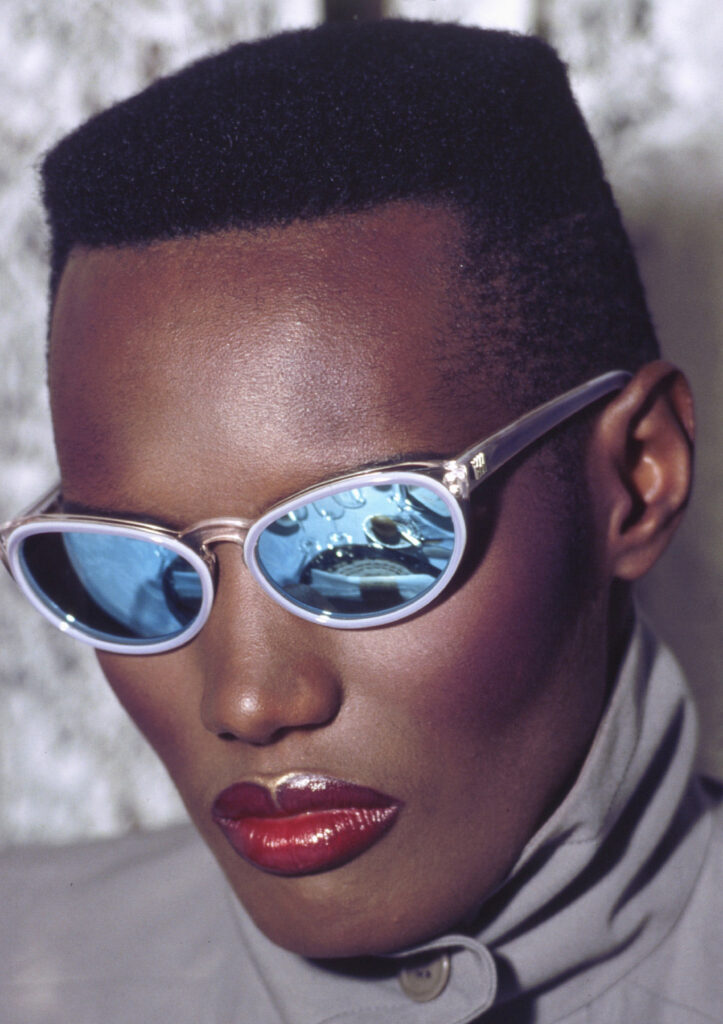
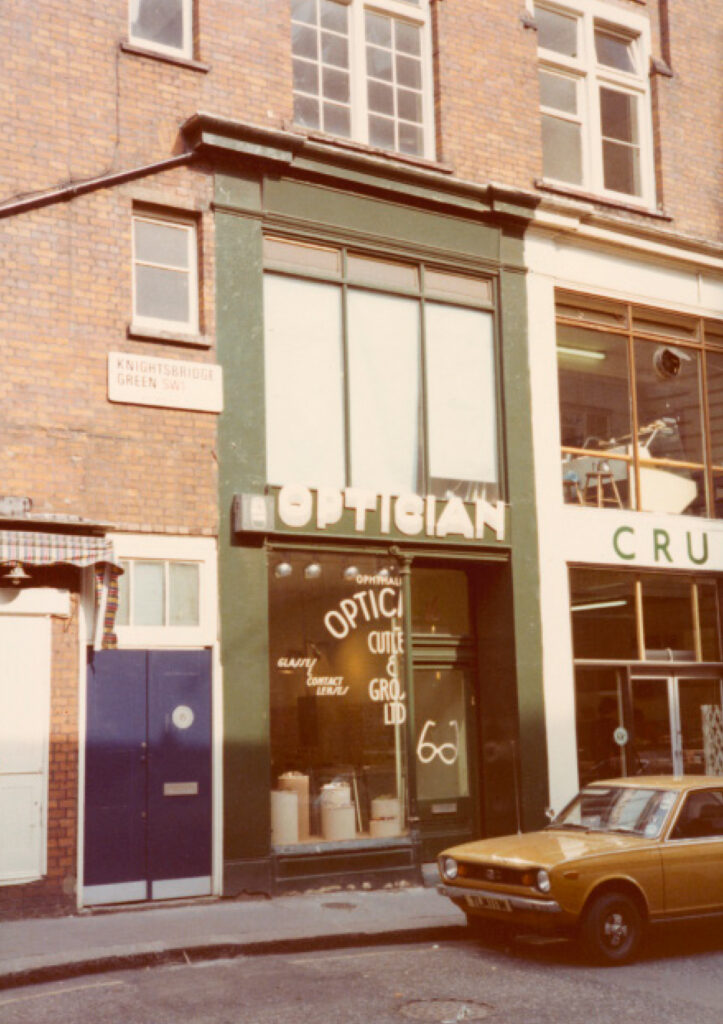
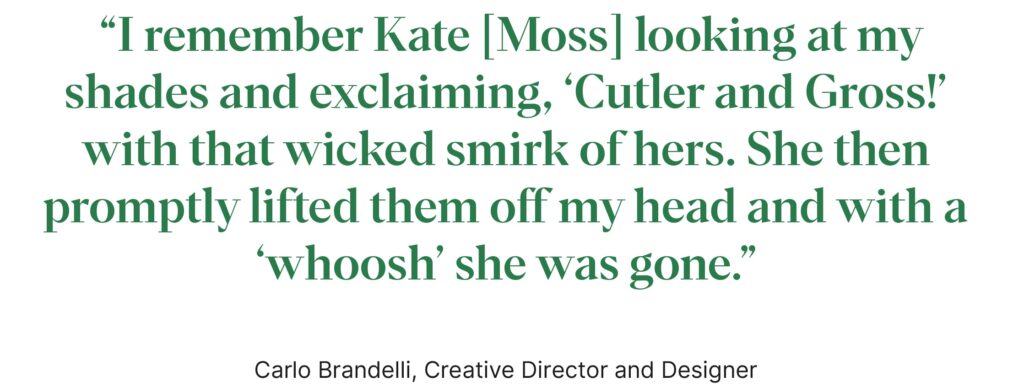

Cutler and Gross has grown in scale, but the principles of handcraftsmanship remain unchanged. The workshop has moved from Knightsbridge to our atelier in the Italian Dolomites – a region renowned for its optical excellence, while the Head Office is situated in London.
When Mr Cutler and Mr Gross first began designing the models, they opted to number the genderless frames rather than name them. Starting at 101 and building from there, this tradition continues to this day. Each frame is an artefact that celebrates and preserves Cutler and Gross’s storied craftsmanship.



